The XF-14 II “Torecat”: Next Generation of the F-14 Tomcat
Introduction
The F-14 Tomcat, renowned for its versatility and striking design, has long held a cherished spot in aviation history. As the 21st century progresses, advancements in technology and the evolving nature of warfare have paved the way for the next generation of this iconic aircraft: the XF-14 II “Torecat.” Designed to harness cutting-edge technology and new fighter capabilities, the Torecat stands at the forefront of modern aerial combat, embodying both the legacy of its predecessor and the promise of future innovations.
Design Philosophy
1. Aerodynamics and Structure
The XF-14 II adopts a sleek design reminiscent of the original F-14, with improvements for stealth and performance. The variable-sweep wings remain a hallmark, allowing for optimized agility at varying speeds. However, enhancements in materials—such as composite structures and advanced alloys—reduce weight and improve strength, while incorporating stealth features that minimize radar cross-section.
2. Cockpit and Avionics
The cockpit features a panoramic glass display integrated with augmented reality (AR) capabilities. A reconfigurable interface allows pilots to prioritize information based on the mission phase. The advanced heads-up display (HUD) projects tactical data directly onto the visor, facilitating greater situational awareness.
Propulsion and Performance
1. Engine Development
The Torecat is powered by two next-generation turbofan engines, the F119-GE-129B, derived from the F-22 Raptor's engine lineage but enhanced for improved thrust, fuel efficiency, and reduced thermal signature. The engines feature variable-geometry nozzles that assist in supercruise capability, allowing the fighter to operate at supersonic speeds without afterburners—a significant tactical advantage.
2. Speed and Agility
With a maximum speed exceeding Mach 2.5, the XF-14 II outpaces the original Tomcat, ensuring dominance in high-speed engagements. The enhanced thrust-to-weight ratio and refined aerodynamics contribute to unmatched maneuverability, supplemented by thrust-vectoring capabilities that allow for extreme agility in dogfights.
Avionics and Weapon Systems
1. Radar and Sensors
Equipped with an advanced Active Electronically Scanned Array (AESA) radar, the XF-14 II boasts unparalleled target detection and tracking capability. The aircraft's sensor fusion technology combines data from multiple sensors—radar, infrared search and track (IRST), and electro-optical systems—yielding a comprehensive operational picture.
2. Weapons Integration
The Torecat is designed for modularity in its weapon systems. It supports a wide range of munitions, from air-to-air missiles like the AIM-120D AMRAAM to advanced precision-guided bombs. The aircraft also features an internal weapons bay to maintain its stealth profile during air-to-ground missions, enabling the delivery of precision strikes without compromising radar signature.
3. Electronic Warfare Capabilities
The XF-14 II is equipped with state-of-the-art electronic warfare (EW) systems that enhance survivability in contested environments. Its integrated countermeasures suite includes jammers, decoys, and advanced self-protection systems that allow the fighter to operate effectively even in heavily defended airspaces.
Role and Missions
1. Multi-Role Capability
The XF-14 II Torecat is inherently a multi-role fighter, capable of fulfilling air superiority, ground attack, and reconnaissance missions. Its adaptability makes it suitable for various operational theaters, ensuring effectiveness against both traditional state adversaries and asymmetric threats.
2. Unmanned and Crewless Operations
In alignment with future warfighting strategies, the XF-14 II has provisions to operate alongside unmanned aerial vehicles (UAVs). It can control drones for reconnaissance or strike missions, allowing the pilot to focus on high-priority tasks while the UAV conducts supplementary operations.
Historical Context and Legacy
The XF-14 II is more than just a successor to the F-14 Tomcat; it is a testament to innovation and evolution in military aviation. By preserving the tactical legacy of the Tomcat while integrating 21st-century technology, the Torecat pays homage to its predecessors while preparing for future challenges in the aerial domain.
Conclusion
The XF-14 II Torecat represents the culmination of decades of engineering prowess and operational experience. With its blend of legacy, cutting-edge technology, and multi-role capabilities, it is poised to redefine air combat for a new generation of pilots and operators. As the aviation landscape continues to evolve, the Torecat stands ready to uphold the spirit of the Tomcat—powerful, agile, and always on the cutting edge of military aviation.
Specifications
General Characteristics
- Predecessor [AI] F-14 Tomcat (Antelope)
- Created On Android
- Wingspan 88.3ft (26.9m)
- Length 80.7ft (24.6m)
- Height 16.7ft (5.1m)
- Empty Weight N/A
- Loaded Weight 49,743lbs (22,563kg)
Performance
- Power/Weight Ratio 4.77
- Wing Loading 63.8lbs/ft2 (311.6kg/m2)
- Wing Area 779.4ft2 (72.4m2)
- Drag Points 11521
Parts
- Number of Parts 99
- Control Surfaces 4
- Performance Cost 699

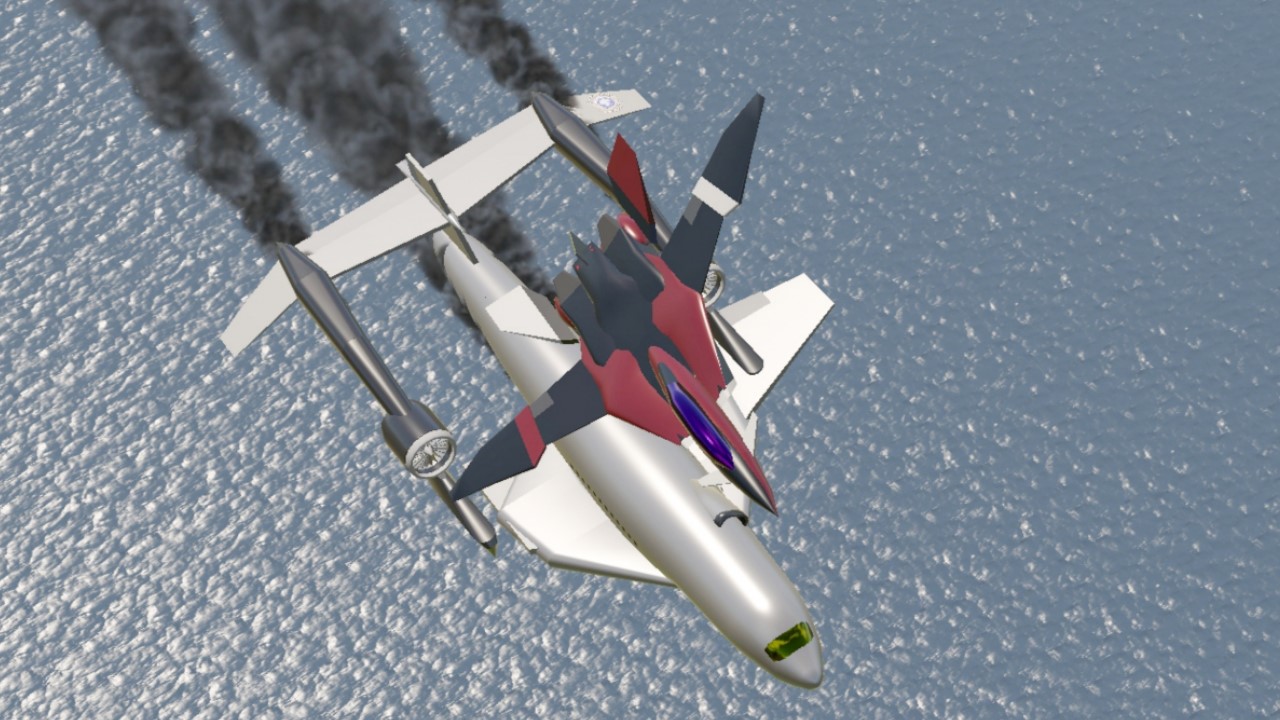
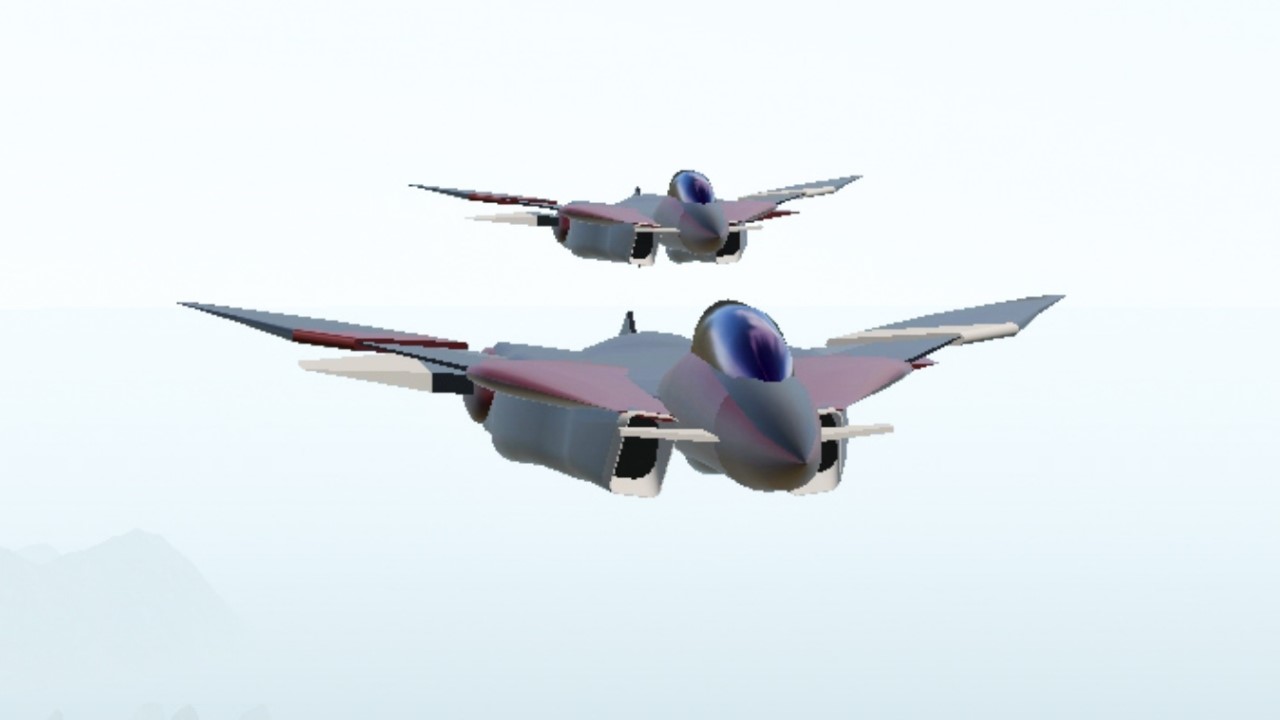
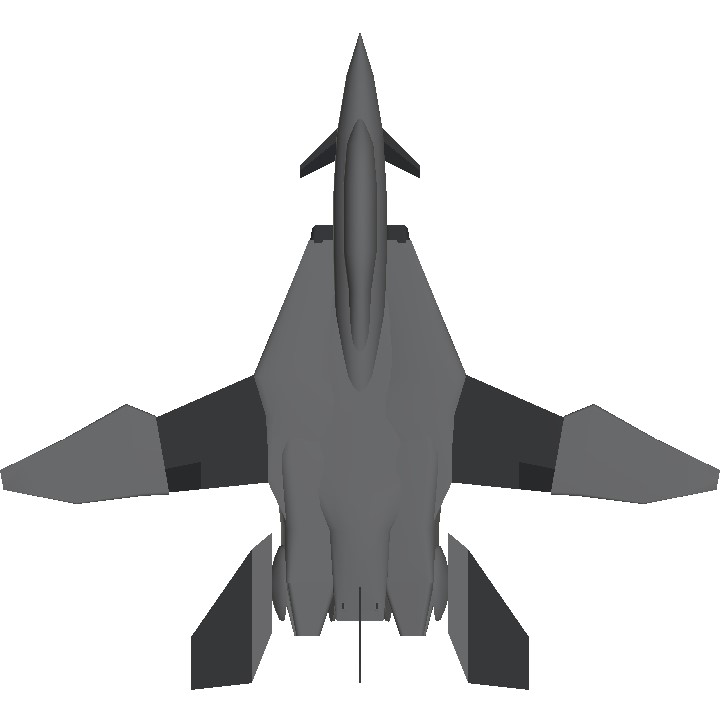
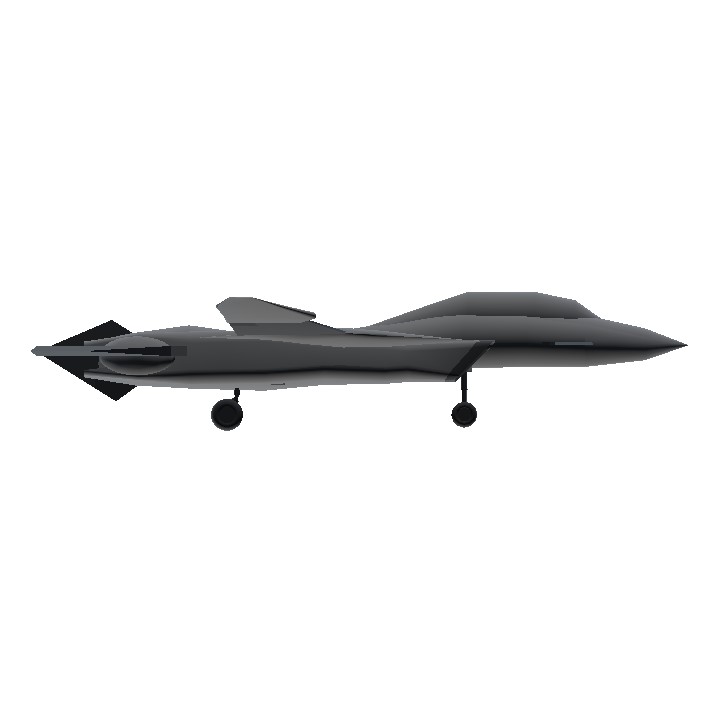
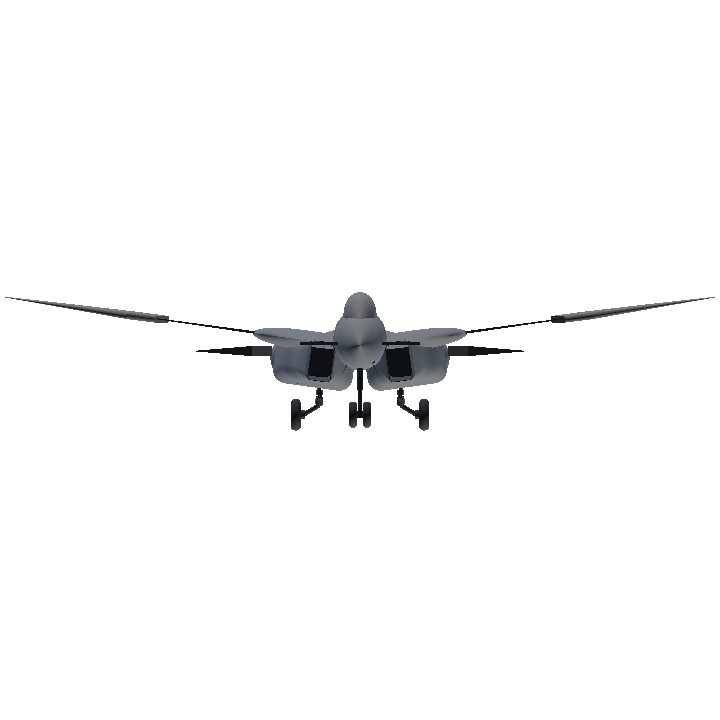
@Zaineman I heard you smell PSM